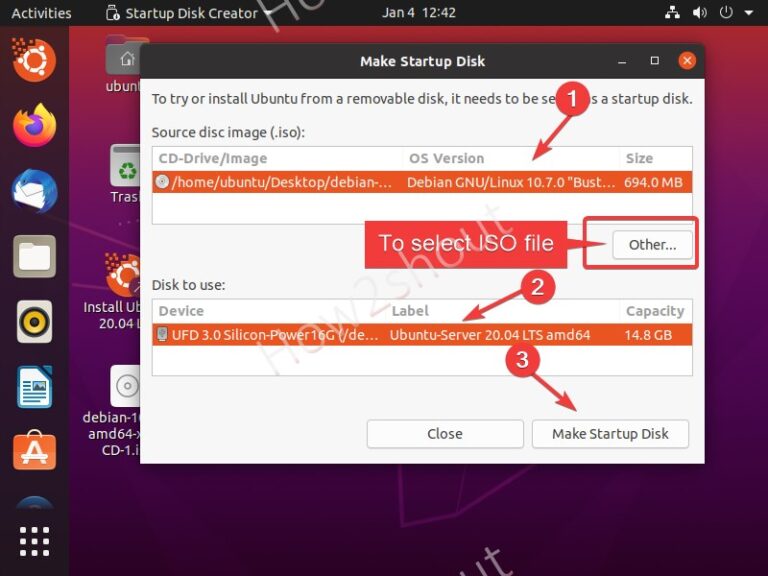

Anyway, I'm gonna boot it and let you know what happended. Sudo dd if=openSUSE-GNOME-LiveCD-x86_64-Build0754-Media.iso of=/dev/sdcħ03594496 bytes (704 MB) copied, 332.642 s, 2.1 MB/sĢ mb/s seems slow, it's a class 10 device that reads/writes at ~10mb/s. Is this equivalent to what the "Ubuntu Disk Creator" does? Or the "extract to." option in the Archive Manager available by right-clicking the iso in nautilus?

When it finishes, you can boot from this and openSUSE will automatically set up a persistent install. I installed usb-creator, also called Startup Disk Creator using the Ubuntu software center. Navigate to USB-Creator’s source code directory: cd unk/ In the next step we are going to build USB-Creator installation packages: debuild -uc -us Install USB-Creator package using dpkg: dpkg -i. Now in the terminal cd to the place you downloaded the openSUSE-live.iso and type: Now insert your usb stick and when it mounts, do anotherĪnd note the device name of the usb stick. Open a terminal and with no usb stick mounted, type: īEWARE THIS WILL OVERWRITE ANY DATA ON THE USB STICK It’s a great way to experience Ubuntu regardless of your current operating system.

VirtualBox is a general purpose virtualiser that is available across Linux, Mac OS and Windows. I keep getting the message: Failed to install Boot Loader when it is close to being done writing to the usb drive. To make an openSUSE live usb, all you need to do is use dd to copy the openSUSE-live.iso to your usb stick, but. In this tutorial, we’ll walk you through one of the easiest ways to try out Ubuntu Desktop on a virtual machine. My computer runs Ubuntu 14.04, downloaded the latest Mate, attempting to install on a 4gb usb drive to install on my older laptop.


 0 kommentar(er)
0 kommentar(er)
